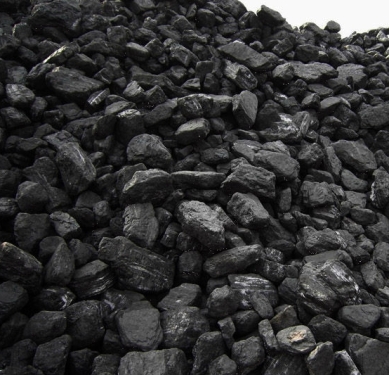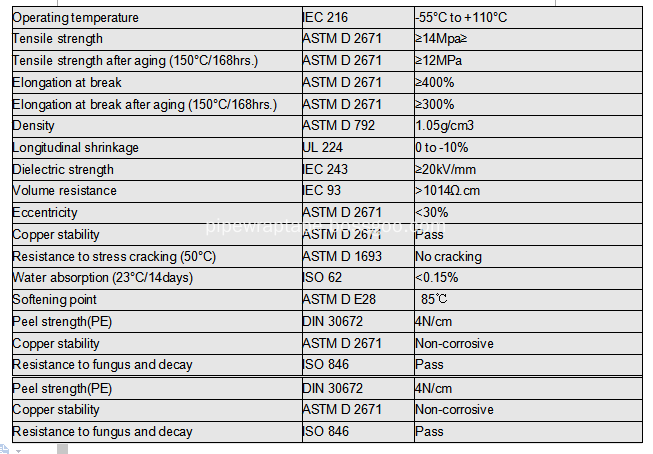The coal industry faces a rare and difficult situation
 The Chinese coal industry, which has been in the limelight for more than 10 years, has never been so lonely as it is now.
The Chinese coal industry, which has been in the limelight for more than 10 years, has never been so lonely as it is now. Although the traditional coal demand peak season has arrived, the coal industry is still in the cold winter of the market. The Bohai Bohai Thermal Coal Price Index has dropped to a current high of 610 yuan since reaching a record high of 834 yuan/ton in November 2011, with a cumulative drop of 26.86%.
Behind the sluggish coal market is the dilemma of coal companies: 35% of Shandong's coal companies have fallen into losses, and the profits of the coal industry in Shanxi Province have fallen by nearly 70%.
However, this situation in the coal industry is expected to improve. Recently, the State Council held a symposium to specifically study the reduction of coal and chemical company taxes and regulations and regulate the import coal market. The “Interim Measures for Quality Management of Commodity Coal,†led by the National Energy Administration, has also entered the release countdown, setting a high threshold for imported coal that has impacted domestic coal companies.
Wujin fading
The coal industry faces a difficult situation that has been rare for ten years.
According to the analysis, due to the lack of sustained economic growth in developed economies and a serious lack of internal demand, the export-oriented enterprises in many provinces of Zhejiang and Shandong provinces in China have limited production and reduced production, leading to a sharp decline in coal demand. In addition, the elimination of high-energy-consuming industries was tightened, resulting in the general under-employment of enterprises and restricting the demand for coal.
Overcapacity and continued price declines have caused more and more coal companies to fall into a loss-making quagmire. As Shandong, the largest coal-producing province in East China, 35% of coal companies have fallen into losses, and more than one-third of local coal mines have suffered losses.
In January-April, coal production in Shandong fell by 4.53% year-on-year, sales of commercial coal fell 8.66% year-on-year, and sales of coal for commercial coal fell 14.48% year-on-year. The average selling price of commodity coal in the province also fell by 6.25% from the beginning of the year, and decreased by 78.49 yuan per ton compared to the beginning of the year, a decrease of 11.34%.
Ganzhou Mining Group and Shandong Energy Group, which are the leading companies in coal production in Shandong province, have had a hard time. In the first quarter, the total coal shipments and sales of Yankuang Group decreased by 11.6% year-on-year, and the domestic production and sales volume failed to reach expectations. Although operating income only decreased by 7.83% year-on-year, profits decreased by 2.126 billion yuan from the same period last year, and the loss was 562 million yuan. Under heavy pressure, this listed company, known as the “most profitable†company in Shandong, ushered in its first pay cut and mass layoffs in May this year.
In the first quarter, Shandong Energy Group's coal sales revenue decreased by 14.1%, comprehensive coal price decreased by 147.49 yuan/ton compared with the same period of last year, and the profit decreased by nearly 60%. Inventories increased by 115% and accounts receivable increased significantly. Only 22 of the 22 coal production enterprises in Zibo City remained in the state of breakeven or slight surplus, accounting for about 70% of the losses.
Shanxi, a major coal province, also appears to be particularly prominent in this coal industry.
In the first quarter of this year, Shanxi Tongji Coal Group, Xishan Coal & Electricity Group, Shanxi Coal Group, Jixi Group, and Huozhou Coal & Electricity Group have fallen into the net loss range. The profit of Yangmei Group, China National Pingyi Group and Chun'an Group increased significantly year-on-year. Fell. From January to April, the coal industry in Shanxi province realized a profit of 8.2 billion yuan, a year-on-year decrease of 4.824 billion yuan, a drop of 69.3%.
Coal companies have been in trouble and have affected local taxes. The coal production industry in Shanxi was put into storage in the first quarter of this year. . . 11.96 billion yuan, a year-on-year decrease of 32.13%, a reduction of 5.663 billion yuan; Shanxi coal transportation and distribution industry entered the warehouse in the first quarter. . . 10.06 billion yuan, a year-on-year decrease of 46.62%, a reduction of 879 million yuan.
Data from the National Bureau of Statistics shows that from January to April, the main business income of coal enterprises above designated size decreased by 1.6% year-on-year, and profits dropped by 43.6% year-on-year. Some large-scale enterprise groups have suffered losses, and individual companies have experienced ** wages and delayed wages.
As of the end of April, the total social coal inventory was 292 million tons, which was about 150 million tons more than the normal social inventory.
The golden decade of the coal industry has become the past for coal companies to miss.
Import shock
In the eyes of domestic coal companies, importing foreign coal is a spoiler.
According to data released by the China Coal Industry Association, China imported 289 million tons of coal in 2012, a year-on-year increase of 29.8%. According to data released by the General Administration of Customs, in the first quarter of this year, China’s coal imports reached 80 million tons, maintaining a growth rate of more than 30%. China has become the world's largest coal consumer, and has become a net importer of coal for four consecutive years. Its imports account for about 95% of the global coal trade volume.
The situation of the oversupply of the coal market in China has made the situation of oversupply in the coal market even more serious. The production space for domestic and large coal enterprises has been continuously squeezed. The Bohai Bohai thermal coal price has continued to be in a downturn trend for six consecutive months. In the coal-producing province of Shanxi, in the first quarter, the charcoal industry realized a total profit of 6.522 billion yuan, a decrease of 4.824 billion yuan year-on-year.
I System description:
Heat Shrinkable Sleeve with hot melt adhesive, having properties of excellent insulating, environmental sealing, and resistant to impact and abrasion. It is designed for applications to seal and protect electrical splices, cable terminations and joints where electrical insulation and water proof are required. 3:1 shrink ratio allows it easily fit over irregular shape and large connectors.
II Features
>Resistant to UV-radiation
>High electrical insulation
>Superior mechanical property
>Minimum fully recovery temperature: 120°C
>Standard color: Black
III Techinal Data



Heat Shrinkable Sleeve
Heat Shrinkable Sleeve, Pipe Heat Shrinkable Sleeve, Pvc Heat Shrink Sleeve, Hot Shrink Sleeve, Corrosion Protection Tape
Jining Xunda Pipe Coating Materials Co.,Ltd , http://www.pipe-wrap.com